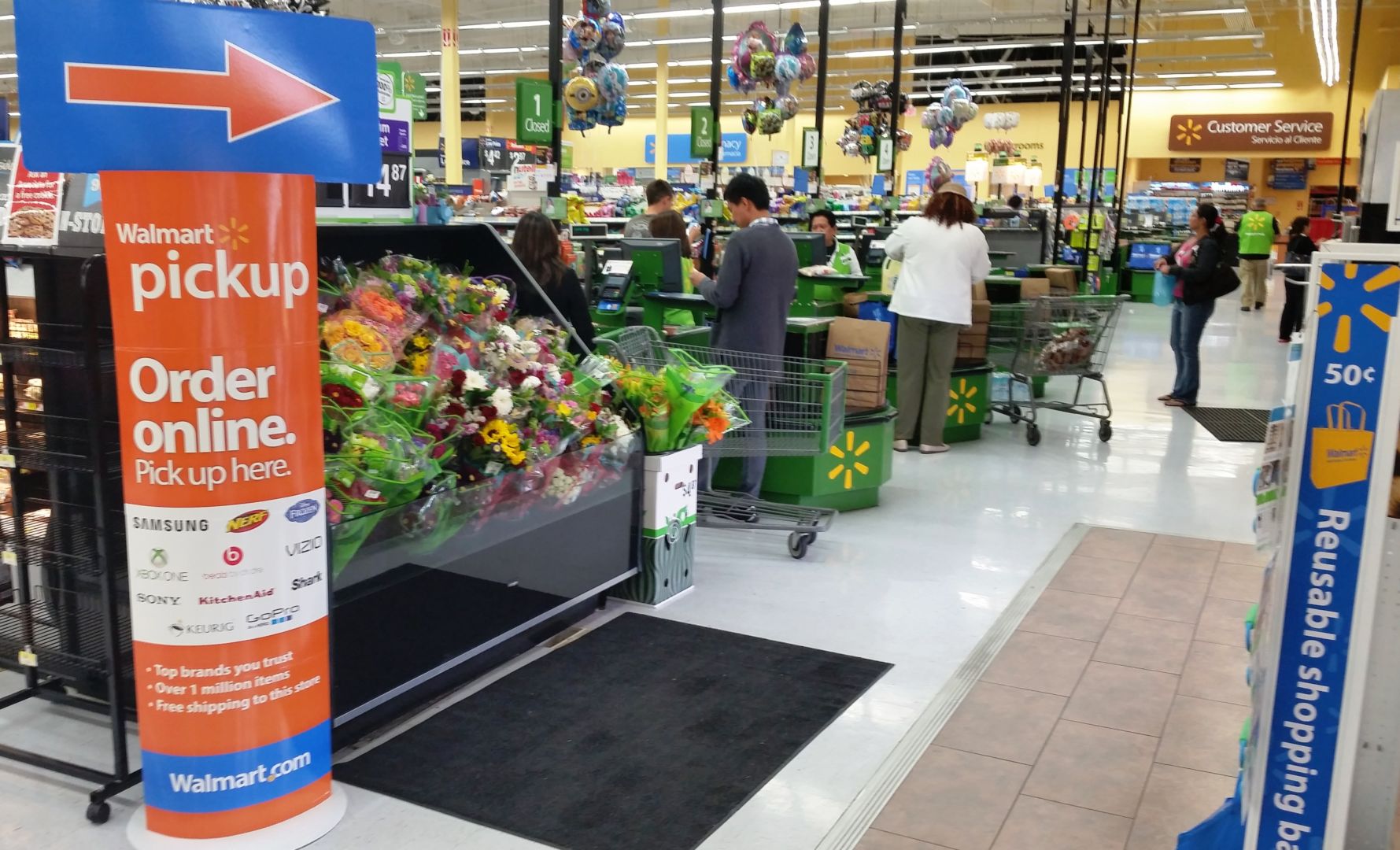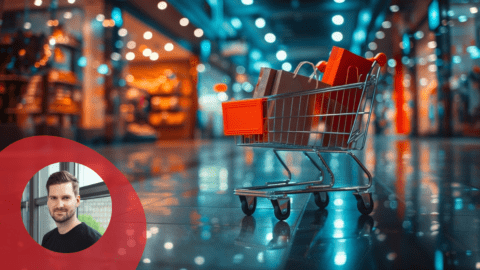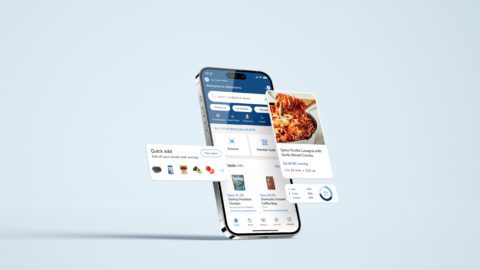Buy online/pick up in-store (BOPIS) has been recognized as a key element driving seamless shopper journeys, but U.S. merchants remain a step or two behind their cross-border counterparts when it comes to deploying this service. While 37.6% of retailers across seven countries offered BOPIS services in 2018, only 27.5% offered BOPIS in the U.S., according to the OrderDynamics survey Omni-2000 Research: Global. The study assesses the omnichannel customer buying journey of more than 2,000 international retailers.
The U.S. ranks behind all the other countries studied in the survey, including:
- UK (64% BOPIS adoption);
- France (50.5%);
- Germany and Austria (43%);
- Australia (31.4%); and
- Canada (31%).
While U.S. retailers have work to do catching up in BOPIS, they are closer to global merchants in deploying buy online/return in-store (BORIS). Up to 42.1% of U.S. retailers offer BORIS, slightly less than the 46.7% that offer it globally.
Although U.S. retailers have a narrower gap in BORIS adoption, they have plenty of room to scale up BOPIS. The number of retailers offering BOPIS services in the U.S. climbed 5.7 percentage points from 2017, slightly above the 5.6 percentage point increase from global merchants.
“U.S. retail continues to show the omnichannel profile of a maturing market,” according to the study. “Initial markets start with only enterprise-sized retailers adopting omnichannel practices, with few if any mid, upper-mid or large merchant chains adopting the techniques. For the U.S. market, there is adoption at the mid (10-50 stores) and upper-mid (51-100) sized categories, stronger adoption at the large chain level (101-250 stores). Then the enterprise-sized chains (251+ stores), have the greatest adoption.”
Nearly Half Of U.S. Retailers Commit To 24-Hour In-Store Pickup
U.S. retailers that do offer BOPIS outperform their competitors when it comes to having orders ready to pick up, with 45.9% committed to 24 hours or less. Just over one third (34.8%) of BOPIS retailers internationally commit to having orders ready within that same time frame. In fact, 30.3% of retailers suggest that customers may pick up items after two or more days.
Retailers that commit to faster in-store pickup times shouldn’t make promises they can’t keep, so it’s important that they invest in solutions to support their guarantees. One way merchants can improve supply chain effectiveness is by implementing robust order management technology that identifies the ideal in-store pickup locations for each item shipped.
Larger enterprise retailers currently have an advantage in committing to BOPIS, since they often can afford complete unified commerce solutions that include this order management technology. But with newer point solutions being designed specifically to support this functionality, smaller retailers may soon be able to close the gap.
Enterprises Are Most Transparent About BOPIS Holdups, But SMBs Have Shorter Delays
Unsurprisingly, enterprise-sized chains are the most transparent with customers when it comes to pickup timing. Almost all (93.1%) of U.S. retailers with 250+ stores that offer BOPIS disclose pickup delays, well ahead of:
- Retailers operating 101 to 250 stores (82.4%);
- Retailers operating 51 to 100 stores (66.7%); and
- Retailers operating 10 to 50 stores (73.8%).
But enterprise-sized chains also have more delays to report: their average pickup delay is nearly two full days (47.4 hours), compared to 32.1 hours for mid-sized merchants.
For first-time BOPIS shoppers, the process is not necessarily intuitive, so it’s also the job of the retailer to inform customers on how to access the services. While 81.9% of BOPIS-offering retailers in the U.S. provided a set of online instructions in 2017, that number increased to 88.7% in 2018.
U.S. Matches Global Retailers In Return Offerings, With Department Stores Leading
While there is a significant gap in BOPIS offerings between U.S. and international retailers, they are much closer when it comes to buy online/return in-store (BORIS). In the U.S., 70.4% of retailers that offer BOPIS also offer BORIS, as well as 42.1% of all retailers combined. These figures are close to the international results — 72.6% for BOPIS retailers and 46.7% for all retailers.
Department stores are well ahead of their U.S. competition, with 65.9% offering BORIS, compared to:
- Fashion (52.3%);
- Footwear (52%);
- Toys/Hobby/Sporting Goods (40.3%);
- Health/Cosmetics (37%); and
- DIY/Auto/Industrial (34%).
Electronic goods vendors seem to provide the least favorable terms and offers in the area of returns. Only 9.5% provided free return shipping, significantly lower than footwear (48%), fashion (36.7%) and luxury/jewelry (25.7%). Additionally, electronics retailers were least likely to allow customers to return items in-store that were sourced online, at only 23.8%.
From 2017 to 2018, BORIS adoption grew two percentage points in the U.S. and 0.9 percentage points across all countries.
“BORIS still seems to be an underappreciated opportunity,” according to the Omni-2000 U.S. study. “BORIS means customers bring merchandise back for their returns. When this happens, the retailer saves the cost of shipping returned items. It also means that 40% to 59% of the time the customer comes in to return an item, they may purchase other goods. For many retailers, it remains an untapped means of making the most of a negative situation.”













